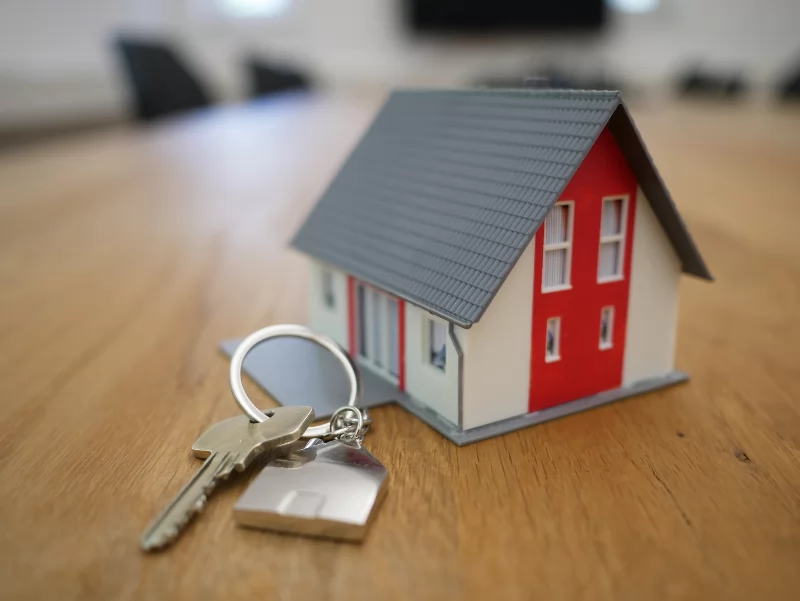Detailed content of our market study
 Inforamtion
Inforamtion
- Number of pages : 35 pages
- Format : Digital and PDF versions
- Last update :
 Summary and extracts
Summary and extracts
1 Market Overview
1.1 Definition and scope of the study
Real estate development activities consist of designing, building and selling real estate. This activity must be distinguished from land development activity, which develops vacant land. Thus, real estate development includes all means and actions implemented to acquire land, construct a building, and finally have it acquired by a client.
The real estate development market can be segmented into:
- Properties intended for housing (condominium, single-family home, etc.).
- Properties intended for business (offices, restaurants, stores, warehouses, factories, hotels, etc.)
- Recreational and/or public properties (gyms, swimming pools, stadiums, hospitals, city halls, etc.)
In Italy, the pandemic has caused a slowdown in market growth.
Developer turnover (by volume) is mainly measured by owner-occupied housing and investment. However, developer turnover depends on several factors, including private and public sector demand, the level of government subsidies, the loan rate granted, or the financial situation of households for private home purchases.
Recently, the warehouse segment is booming as demand for office construction is showing lower rates.
In terms of sales in 2020, investment volume decreased by 29 percent from the previous year. Foreign investment also dropped from 69% to 59% of the total.
All our studies are available online in PDF format
Take a look at an example of our research on another market!
 Choosing this study means :
Choosing this study means :
Access to more than 35 hours of work
Our studies are the result of over 35 hours of research and analysis. Using our studies allows you to devote more time and added value to your projects.
Benefit from 6 years' experience and over 1,500 industry reports already produced
Our expertise enables us to produce comprehensive studies in all sectors, including niche and emerging markets.
Our know-how and methodology enable us to produce reports that offer unique value for money.
Access to several thousand articles and paid-for data
Businesscoot has access to all the paid economic press as well as exclusive databases to carry out its market research (over 30,000 articles and private sources).
To enhance our research, our analysts also use web indicators (semrush, trends, etc.) to identify market trends and company strategies. (Consult our paying sources)
Guaranteed support after your purchase
A team dedicated to after-sales service, to guarantee you a high level of satisfaction. +44 238 097 0676
A digital format designed for our users
Not only do you have access to a PDF, but also to a digital version designed for our customers. This version gives you access to sources, data in Excel format and graphics. The content of the study can therefore be easily retrieved and adapted for your specific needs.
 Our offers :
Our offers :
the real estate development market | Italy
- What are the figures on the size and growth of the market?
- What is driving the growth of the market and its evolution?
- What is the positioning of companies in the value chain?
- Data from several dozen databases
5 reports pack (-15%) IT Italy
- 5 reports at €75.6 excluding VAT per study to choose from our Italian catalogue for 12 months
- Save 15% on additional studies purchased
- Choose to be refunded any unused credit at the end of the 12-month period (duration of the pack)
See the terms and conditions of the pack and the refund of unused credit.















